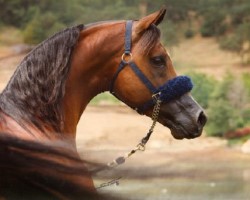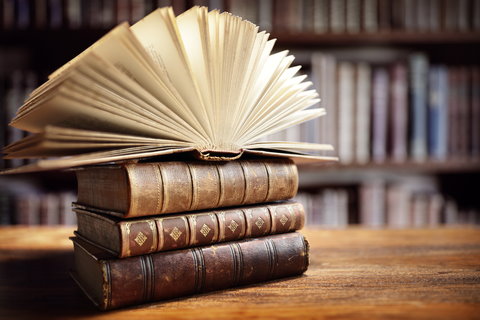Straight Egyptian Arabians: By Arlene Magid ©
The Arabian horses of Egypt have inspired many people worldwide to become involved with Arabians. Their extraordinary beauty and long history of committed breeders in their native land have insured their popularity. In America they remain perennial favorites and Egyptian Arabians bred from stock imported to America have made their presence felt in virtually every country where Arabians are bred today.
THE EARLY YEARS 1895-1950
The first Egyptian Arabian to be brought to America was *Shahwan, who came via England and was imported by J.A.P. Ramsdell in 1895. He is found in pedigrees today through his American-born daughter Nonliker, though he has no descent among living straight Egyptians foaled in the U.S. (He is found in many Egyptian pedigrees also through his Egyptian-born son Ibn Yashmak). The next Egyptian horse to be imported fared better at having an unbroken line of descent into modern Egyptian breeding. This was *Ghazala (Ibn Sherara x Bint Helwa), imported by Spencer Borden from the Crabbet Stud in England though she was bred in Egypt. *Ghazala founded a strong female family in Egypt and her American-born grandson Gulastra is found in straight Egyptian horses bred in America through his son Julep.
Read Complete Article One
Polish Arabian Horses By: Arlene Magid ©
Article Three
SPANISH ARABIANS
by Arlene Magid
The history of the Arabian horse in Spain is one much affected by war and revolution in the first half of this century. The Spanish Civil War of the 1930s resulted in lost records and deaths of horses, but the lovers of the Arabian were determined that they survive, and Spanish Arabians are now key elements in many worldwide breeding programs.
The Stud Book Espanol was first compiled by the Horse Breeding Department of the Spanish Army in 1847, and continues to this day. Multiple breeds are registered, including Thoroughbreds, Andalusians, and Anglo-Arabs. The Arabian section of the first volume records 36 stallions and 12 desertbred mares, the latter imported in the name of Queen Isabella II but few purebreds were bred from them and none of their lines have survived. Other imported stallions (mostly from France) were registered in succeeding volumes but none were used for purebred breeding. Finally, in Volume XI of the stud book the imports from the desert and from Poland made on behalf of the Yeguada Militar(the Spanish military) were recorded, and the breeding of purebred Arabians was more established. The horses of the 1905 and 1906 importations are the ancestors of present day Spanish Arabians. Subsequent importations were made from Egypt, France, and Britain (the well known Crabbet stallion Rijm went to Spain but did not breed on significantly) and an importation of seven stallion and 13 mares from the desert came in 1927.



